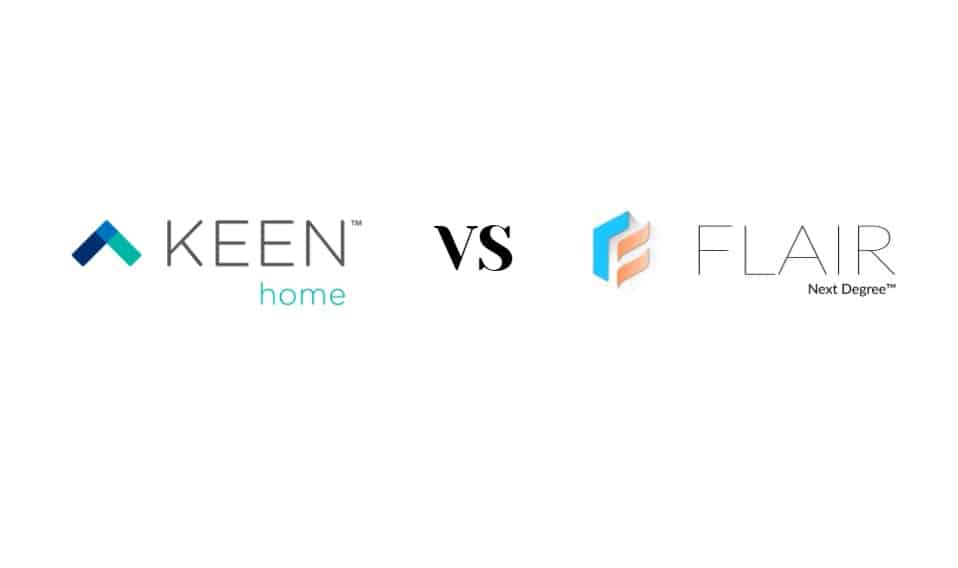
Vents are manually controlled openings for your home HVAC (heating, ventilation, and air conditioning). Similar to air conditioners, HVAC vents allow you to keep your home warm, cold, or depending upon the amount of air/quality of air, allows for ventilation. It is offering excellent indoor air quality in enhancing thermal comfort for every user.
But HVAC vents are limited in what they can do. They are manually operated and are not temperature sensitive. This is why HVAC smart vents were created to provide extra safety, comfort, and convenience.
A smart vent does a lot of things efficiently. A smart vent paired with a temperature sensor will automatically set the temperature depending upon the room’s hotness or coldness level. They are also remotely controlled, and if necessary, can be scheduled to turn on/off at a certain time.
A smart vent paired with a motion sensor allows us, consumers, to control the vent’s functionality through our presence and absence from the room. Having such a versatile range of options makes the smart vent a must-have smart home device because a smart vent substantially improves our home automation ecosystem.
Keen Vs Flair
There are several smart vent manufacturers. But two of the most prominent smart vent making companies are Keen and Flair.


In this article, we will be comparing the differences between a Keen smart vent and a Flair smart vent.
The differences between a Keen smart vent and a Flair smart vent are detailed below:
1. Price
Price plays an important role when deciding which type of smart vent you’re going to buy. Because if you have a 2 story home with 5 or 6 rooms, you’ll be needing 5 or 6 smart vents, one for each room. If your house living room is two or three times bigger than the rest of the rooms, then you’ll need to buy two more smart vents, which is doubling the budgets that you going to spend on.
A Keen vent costs around 199.97 US dollars for the standard size. But a smart vent on its own is just a simple vent. You need to pair a smart vent with a hub and a temperature sensor. A Keen hub costs around 49.99 US dollars, whereas the temperature sensor costs around 39.99 US dollars. So the total amount required to install a single standard size Keen smart vent equals 199.97 US dollars.
A Flair vent costs around 69 US dollars. A Flair smart vent works with a device called ‘Puck’ that works as a hub and a temperature sensor. A Puck costs around 99 US dollars. So the total amount required to install a single standard size Flair smart vent equals 168 US dollars.
A difference of 31 US dollars may seem like a little amount. But if you consider the previous example where a house needs more than 1 smart vent to function, this 31 dollars will keep on multiplying.
2. Hardware
The Keen smart vent has a metallic build with a plastic front cover. Whereas a Flair smart vent’s whole body, vent cover included, is made from metal. Thus the durability of a flair smart vent is a notch higher.
The Flair smart vent has a flat face meaning it’s easy to fit and less noticeable. Whereas, the Keen smart vent has a protruded face which makes it a lot more noticeable and an inconvenience if your HVAC vent is on the floor.
The Keen smart vent’s temperature sensor and hub are separate. But aside from that if you’re using more than one vent, then you’ll need to connect a vent’s temperature sensor to a repeater and that repeater will connect to the main hub. A repeater is built inside a hub, but a hub can’t work as both at the same time. Whereas the Flair smart vent only has a Puck that performs everything.
3. Safety
The Keen smart vent has a vent intake to detect pressure and temperature. This adds a layer of security which protects your vent and home from permanent damage. A Flair smart vent doesn’t have this safety feature.
4. Performance and Working Mechanism
Both of these vents perform extremely well. But there are some differences.
- Keen has a weak Bluetooth receiver and works on Zigbee. As a result, the vent smart vent suffers from periodic signal loss. A Flair vent doesn’t suffer from the same issues.
- Flair vents are only cloud-based. So without an internet signal, a Flair vent will stop working. A Keen vent is server-based and can be programmed to run on a local server, which means it will not suffer from a net loss.
- Flair vents can be powered through a 12vac wired connection whereas a Keen vent is battery powered only.
5. Compatibility
Flair vents are compatible with Nest, Ecobee, Alexa, and Google Home. Ecobee sensors and Flair pucks are interchangeable.
Keen vents are compatible with SmartThings, Nest, Amazon Alexa, and Ecobee thermostats.
Any thoughts on the noise level of the Flair vents? I have a Keen vent in my bedroom and I find it quite loud when it opens and closes.